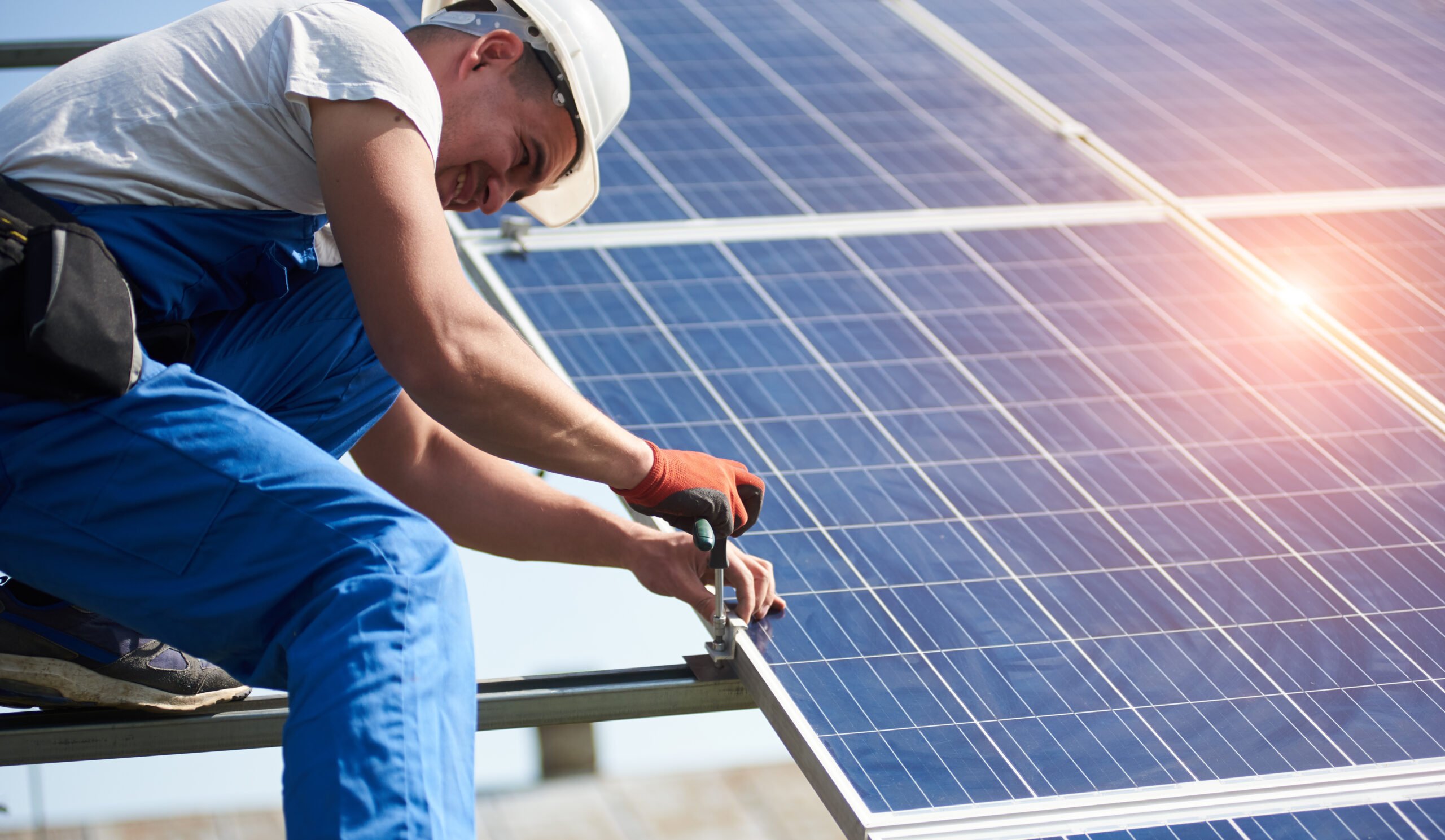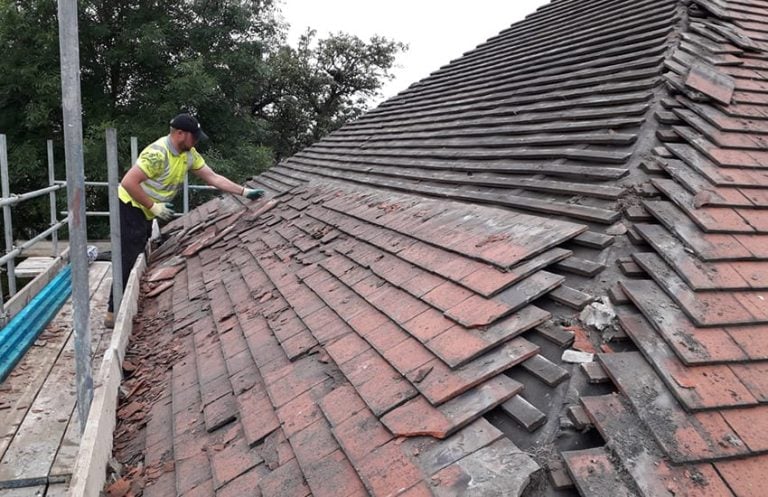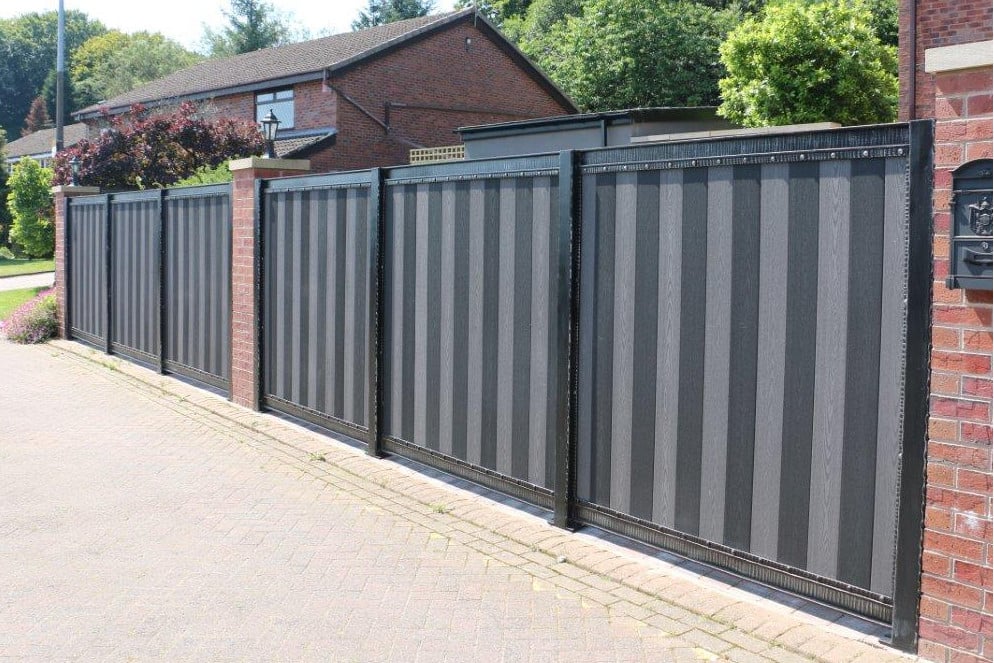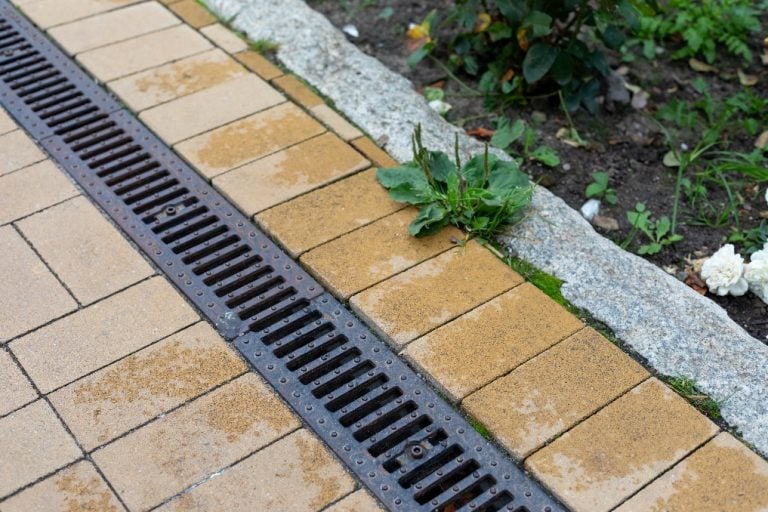Effective Strategies for Detecting Plumbing Leaks
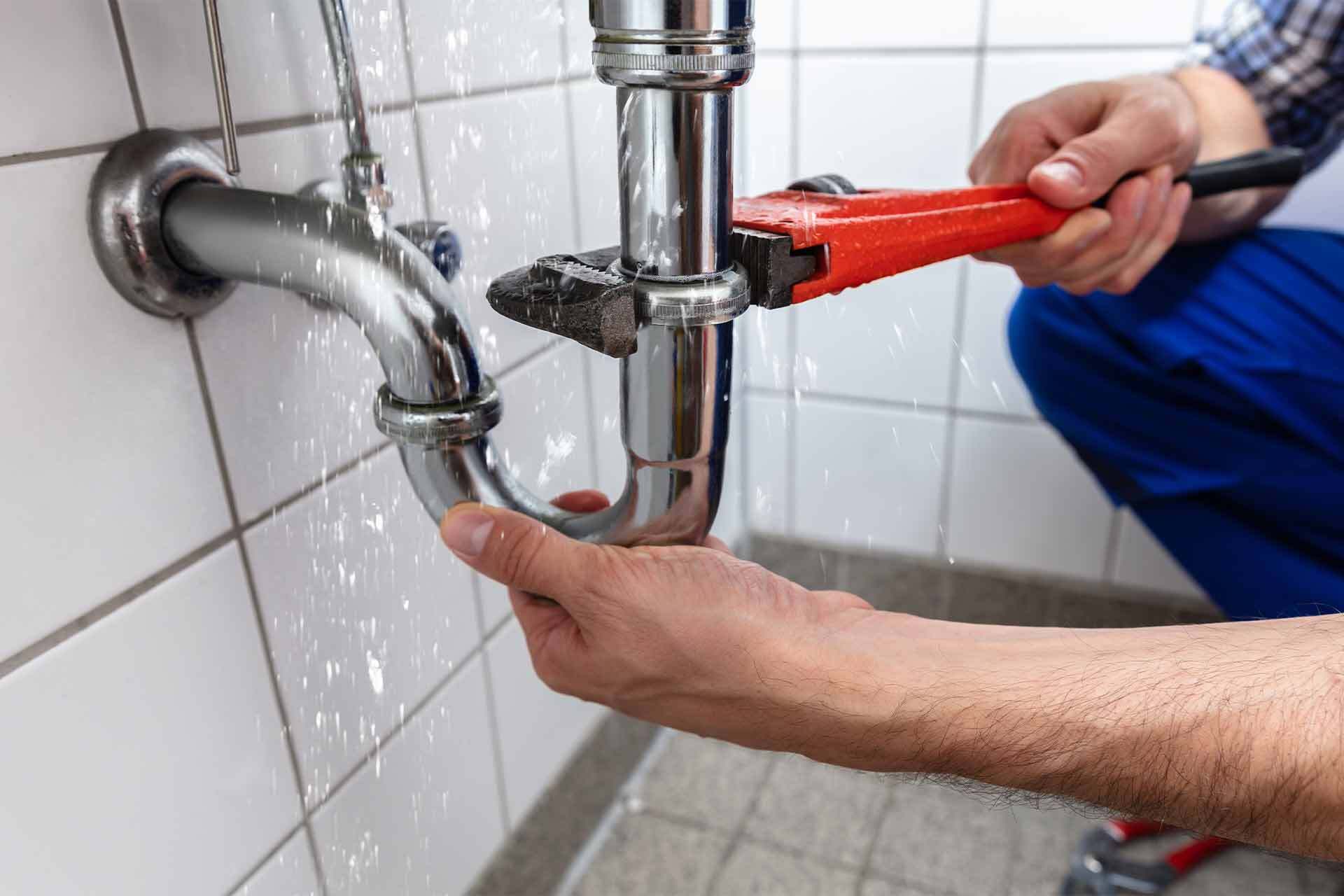
Table of Contents
Ever been haunted by the incessant drip-drip sound of a leaking plumbing system in your home? Or the unwelcoming sight of an inflated water bill due to leakages you can’t even pin-point? Worry no more. Today, you’re diving into effective strategies for detecting plumbing leaks so you can address them promptly.
Common Signs of Plumbing Leaks
Sudden increases in your water bill suggest a possible leak without a doubt. Yet, many other signs indicate unnoticed leakages. For instance, if you hear water running when all the faucets are off, it’s time to investigate thoroughly.
Often, household leaks hide behind discoloured spots, mould or mildew on walls and ceilings. Are you noticing a musty odour persisting even after deep cleaning? Don’t disregard it – it could be a hidden sign of a leak.
Wooden floors and fixtures contracting or expanding suddenly are also clear indicators. Wet spots on floors and carpets that never seem to dry up could very well hint at underlying leaks.
In your yard, excessive moisture or sogginess cannot be overlooked either. Unexplained green patches or rapid vegetation growth often owe themselves to leaking pipes.
Use of Water Meter for Detection
If you’ve observed these signs yet cannot locate the leak, worry not! The water metre won’t disappoint you. It is a simple yet effective technique for leak detection.
Start by turning off all water taps in your household. Check whether the water metre is still recording usage. If it does, you’ve got a leak!
For clarity, take down the metre reading, leave it unused for 30 minutes to 2 hours depending upon circumstances then take another reading. A discrepancy between the readings points to a leak.
If you find leak detection challenging, remember that a professional leak detection service can help you out efficiently.
Professional Leak Detection Techniques
If you are unable to detect the leak using simple methods, it may stem from more complicated issues invisible to the amateur eye. It’s the time to involve professionals.
Professional plumbing services utilise advanced tools and procedures such as video pipe inspection, pressure testing, and static leak isolation.
A Video pipe inspection involves the use of small cameras to visually inspect your pipes from within. On the other hand, pressure testing identifies areas with less pressure implying possible leaks.
Static leak isolation uses a combination of pressure testing, video pipe inspection and isolation. This method is highly effective in pinpointing exact leak locations within the plumbing system.
Non-Invasive Leak Detection Devices
Non-invasive leak detection devices redefine efficiency in detecting leaks. They are designed to detect leaks without causing damage or requiring extensive digging or drilling.
A popular example is acoustic listening devices which include ground microphones and deck plates. These enhance the sound produced by a leak making it easier to locate.
An Electronic Leak Detection (ELD) involves scanning surfaces with electronic instruments for optimal penetration to identify hidden leaks. Sensors on these devices can detect anomalies using frequency transmissions.
We also have line locators used in conjunction with electronic listening equipment. These utilise electromagnetic frequencies to trace paths and depth of water lines hence pinpointing problematic sections.
Thermal Imaging in Leak Detection
The need for advanced technologies has given rise to innovative solutions like Thermal Imaging. This technique is gaining momentum owing to its non-invasive, fast and accurate leak detection.
Thermal Imaging Cameras capture infrared radiation emitting from objects. It displays temperature differences on surfaces which can indicate the presence of hidden moisture.
It’s not just limited to detecting leaks within pipes either. This tool, sanctioned by organisations like the American Society of Nondestructive Testing (ASNT), can highlight anomalies behind walls, under floors, or above ceilings.
Patches of unusual heat may be a sign of a hot water line leak whereas cold spots might highlight a breach in the cold-water system. The key with thermal imaging is in interpreting the data correctly – a task best left to professionals in the sector.
Infrared Leak Detection Technology
The use of Infrared Leak Detection (ILD) technology has redefined leak detection strategies. This high-tech approach employs the use of sophisticated infrared cameras, capable of locating leaks with impressive accuracy and speed.
ILD equipment detects thermal signatures and differences in temperature that are often signs of leaks. For instance, sudden drops in temperature can suggest water leaks. Conversely, areas with higher temperature may denote a hot water leak.
This tool offers benefits such as minimal intrusion and quick detection rates. However, interpreting the data accurately crucially impacts its effectiveness. The infrared images only highlight the anomalies, but it’s up to a trained professional to correctly determine their cause.
Regulatory bodies such as the American Society of Nondestructive Testing (ASNT) endorses ILD’s use for being non-invasive yet thorough, making it a credible addition to your arsenal against hidden leaks.
Dye Testing in Plumbing Leaks
Dye testing is another powerful weapon against elusive plumbing leaks. A time-tested method, it involves injecting a harmless dye into your plumbing system then observing where the dye emerges.
This approach is particularly effective in detecting toilet leaks – an often-overlooked problem that contributes significantly to water wastage. By adding some dye to the toilet tank and waiting to see if colour appears in the toilet bowl without flushing, you can verify toilet leaks.
Apart from internal use, dye tests work excellently on outdoor plumbing fixtures as well such as pool pipes or irrigation systems. Layers of concrete or soil pose no barriers to this method – wherever the leak is, the dye will show it!
The main advantage of dye testing is its simplicity and accessibility – minimal equipment, no fancy devices! Yet, when carried out systematically by experienced hands, it can unveil the most covert leaks and avoid extensive water damage incidents.
Auditory Leak Detection Strategies
The power of hearing can also be leveraged to detect leaks. Mainly focussed around the use of specialised auditory equipment, this method is commonly known as Acoustic Leak Detection.
Acoustic devices pick up on sounds caused by water escaping from your pipes or even tiny gas bubbles entering your water supply. The faint hissing or a constant dripping noise can quickly alert you of possible issues.
Besides electronic devices, there are manual listening rods available which can pick distinct noises made by leaking water. These rods are a cost-effective means of auditory leak detection that doesn’t need a power source.
While acoustic detection has its perks, it’s important to note that this method works best in quiet environments. The presence of ambient sounds – like the humming sound of appliances – can interfere with the results.
Role of Plumbing Inspections
Regular plumbing inspections play a vital role in identifying potential issues before they morph into full-blown disasters.
An inspection typically includes checking the water pressure, draining speed, inspecting all fixtures for corrosion or leakage, and ensuring that all valves work correctly.
Professional inspections from Fergusons Plumbing go deeper – examining sewer lines using video technology, checking for slow leaks in the toilet that often go unnoticed or inspecting the water heater for scale buildup which can affect efficiency.
Please note, while plumbing inspections may seem like an unnecessary expense to some, their benefits far outweigh their costs. They substantially mitigate the risk of plumbing emergencies that could otherwise lead to significant damage and inconvenience.
In Summary
Keeping your home leak-free is not insufferable. By learning common indicative signs and utilising effective detection strategies, you can evade unnecessary hassle and expenditure.
Regular maintenance and inspections are the key to a long-lasting, efficient plumbing system. The services of professional plumbers are invaluable where advanced leak detection or the interpretation of findings beyond layman understanding is needed.


